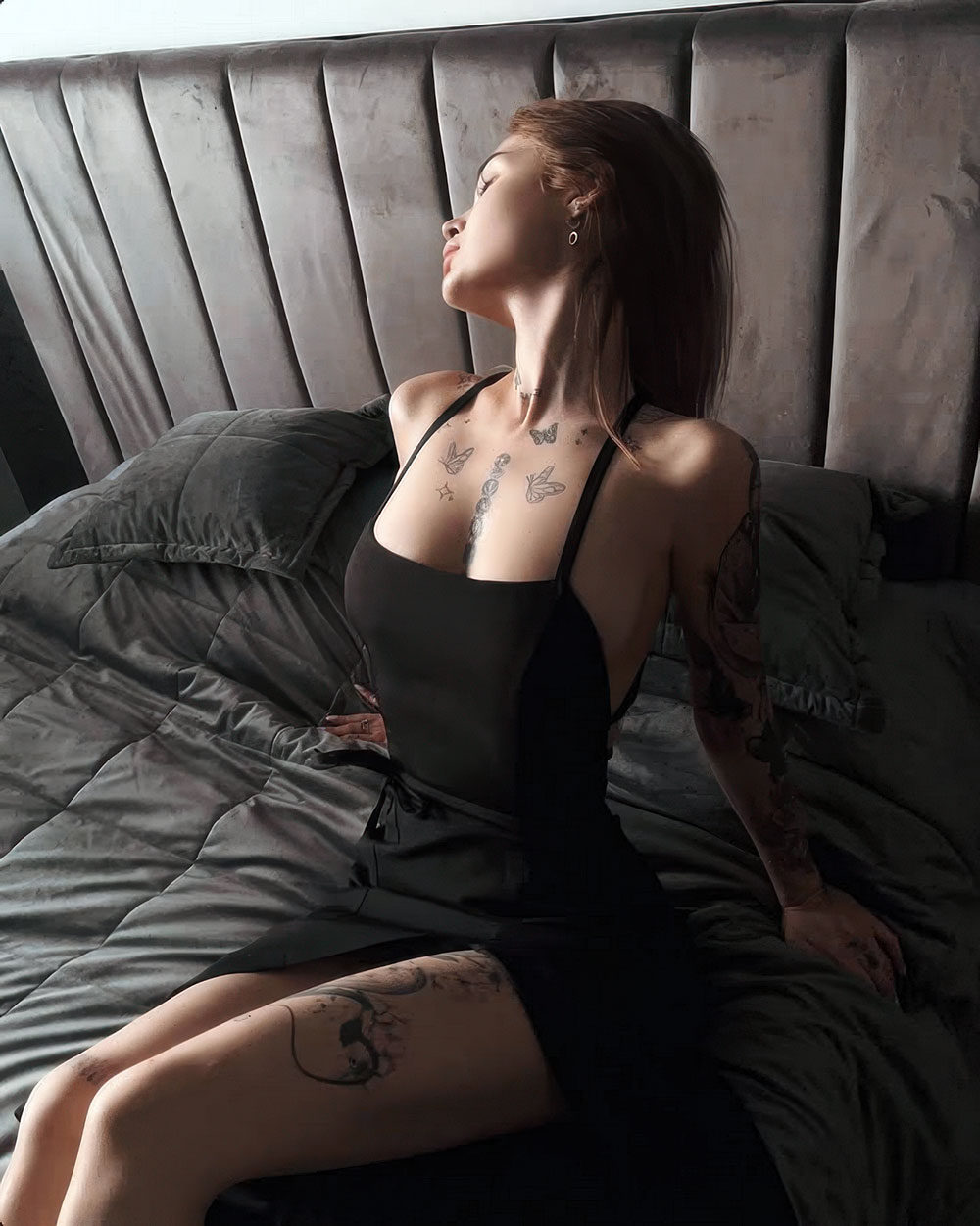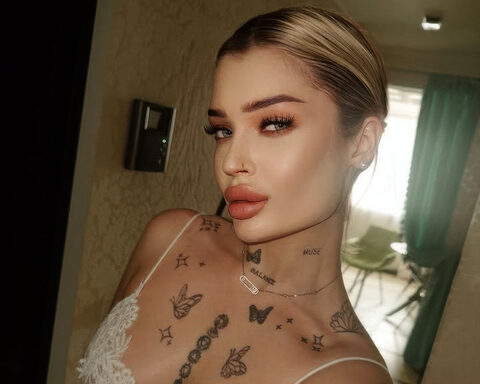

Sofya Romanova doesn’t just pose for the camera—she channels forces. In this raw and radiant conversation with The Black Ravens, the model, writer, and esoteric thinker talks about the archetypes that shape her vision, the power of photography as both shield and surrender, and why the most beautiful art begins with accepting your shadow. From Lilith to succubi, from healing to rebellion, Sofya shows us how duality isn't conflict—it's creation.
Honestly, I haven’t fully decided. It all depends on the energy that dominates me at the time. In everyday life, I naturally lean toward softness. But through my images and photography, I release energy—I sublimate it. And from that, a balance emerges.
Most of the time, I blend both energies. I don’t overly sexualize my looks; I leave a subtle edge between aesthetics and danger. I think that’s more intriguing.
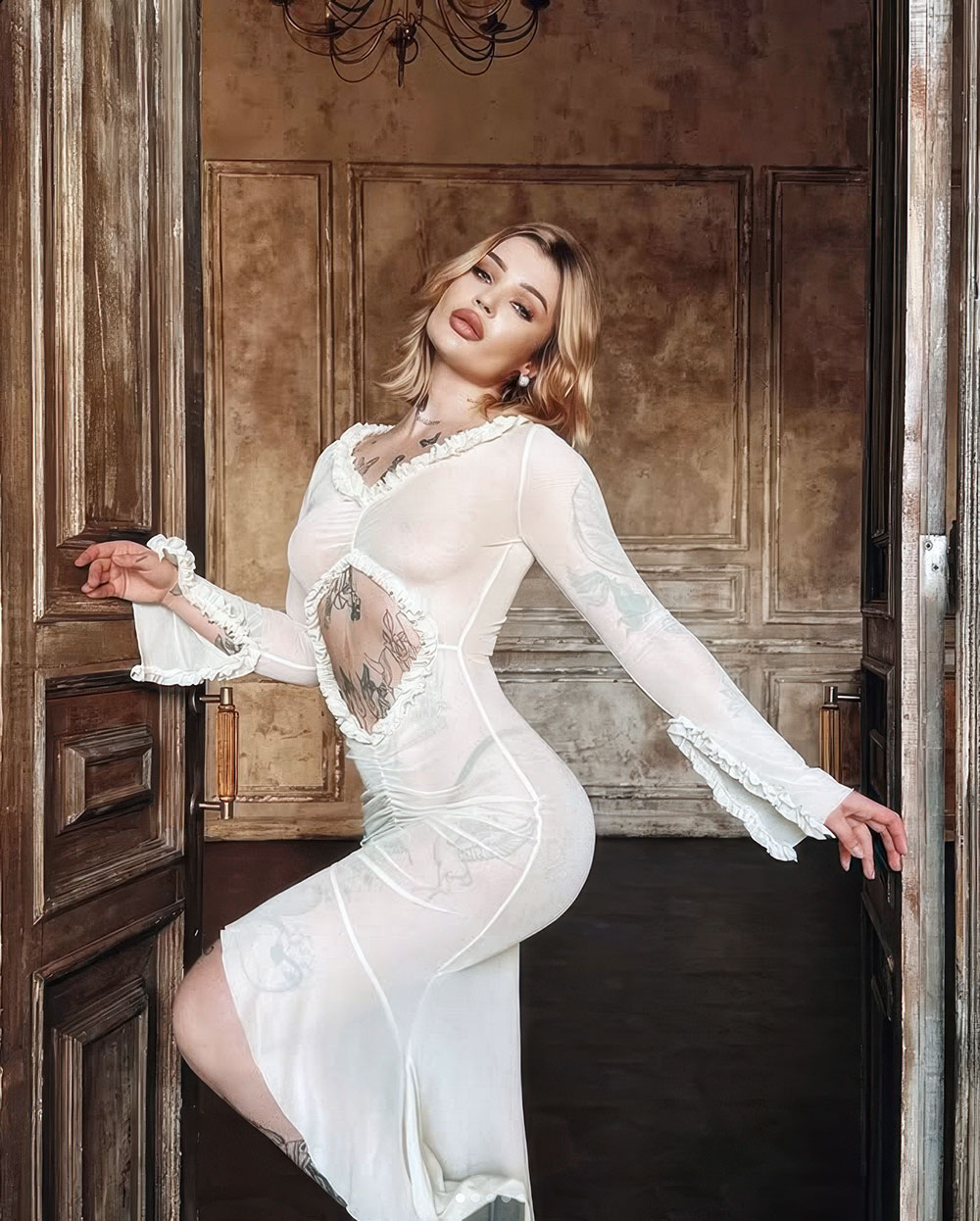
Many people assume it’s “dark” magic—but that’s not true. Generally, there’s no real division between black and white magic. It all depends on the intent of the person. We’re the ones who color it.
A lot of people try to solve their problems through esotericism, thinking it’s a magic wand—but everything starts with yourself. You have to change the energy within. We attract what we are.
I wrote my book on esotericism to help people widen their perspectives, shift their focus from problems toward positivity, and view the world from a new angle. Esotericism is really a field of knowledge that explores the unknown, the sacred. I want people to dive into that spiritual depth, develop core spiritual values, and live more consciously.

For me, it’s more about overcoming fear and insecurities. A liberated shoot helps me see my body from the outside and appreciate its beauty.
There’s also the aspect of drawing attention—I do enjoy being seen and I love the aesthetics of the female body. I take real pleasure in styling my shoots and seeing the final result. I get to observe, from the outside, what I envisioned and brought to life.
But behind the theatrical shoots often lies a wounded psyche—so yes, protection plays a part too. Many women become prisoners of their own image, while inside they’re still vulnerable and hurt.
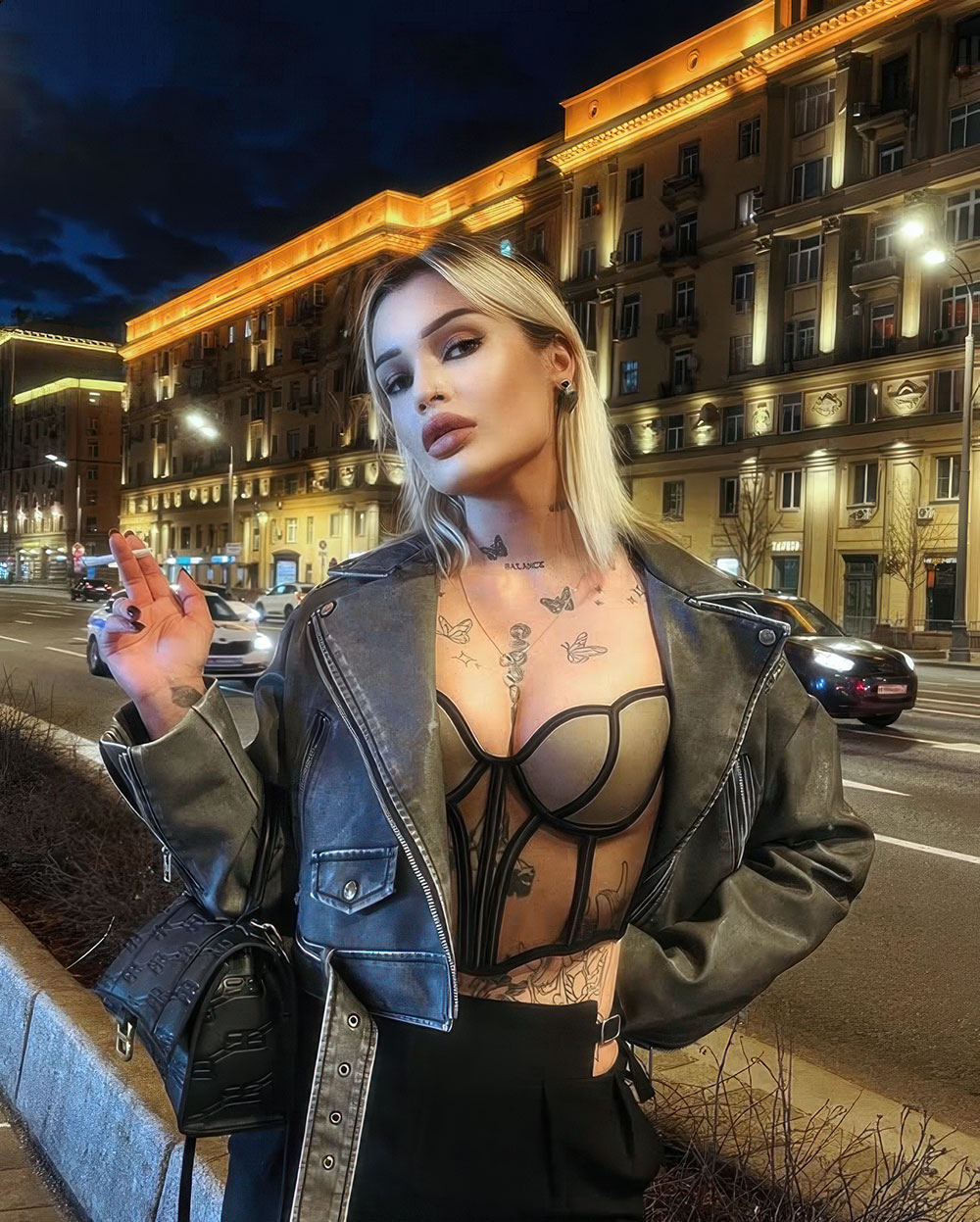
There’s a saying: “By giving, we receive.”
My drive to write was always about helping others. In my books, I explore serious, often taboo topics—addiction, trauma—things people usually avoid or feel helpless to change.
In life too, I love sharing my experiences. When I give my energy to help others, it doesn’t drain me—it fills me. That’s the source of my balance. The key is not to impose, but to offer sincerely.
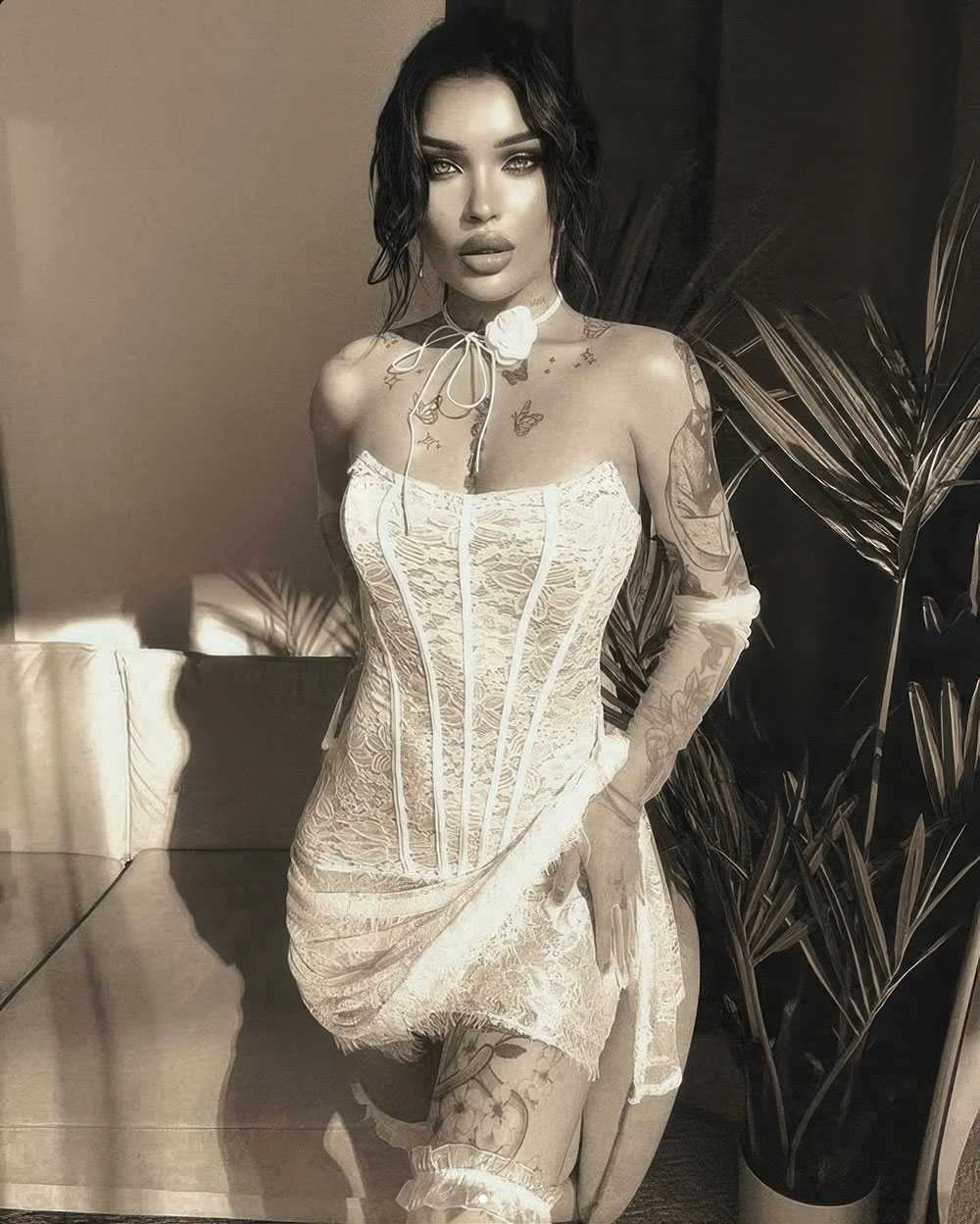
Every character I create reflects a part of my personality—shadow or true self.
I never pick a look I can’t identify with. If I don’t feel a connection, the shoot won’t work.
For me, the emotion and energy in the image matter most. And that only happens when the role resonates with me deeply.

Yes, I’m drawn to the energy of Lilith—passionate, feminine, all-consuming, mysterious.
I’m also inspired by the succubus—a demon of desire who visits men in their sleep, stirring erotic dreams. I see that as a representation of everyone’s shadow side. If expressed in a healthy way, it can be beautiful.
There’s always a line, and when you present it thoughtfully, the balance stays intact.
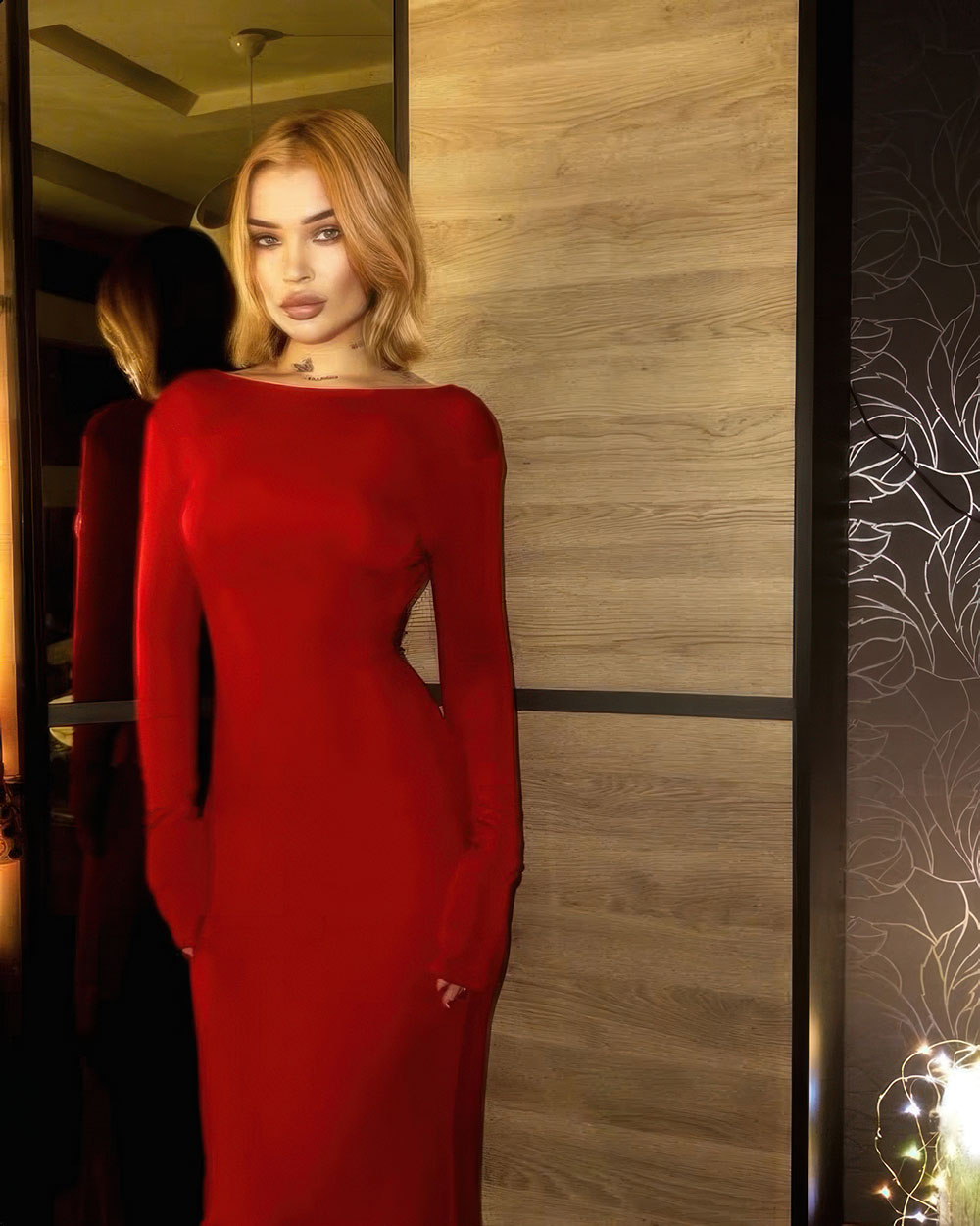
I used to be more dependent on others’ opinions and took criticism of my content to heart. I was more vulnerable.
But I’ve been working through that, because I’ve realized—you can’t please everyone.
The key is to be at peace with yourself, recognize your strengths, and find value in everything.
And if criticism hits a nerve, I ask myself why. Maybe there’s something in me I haven’t accepted, and my reaction is a way to avoid the issue and protect myself.
As for control—I’ve learned how important it is to let go. We’re powerless in so many ways. Control is an illusion.
There’s a great saying: “If you want to make God laugh, tell Him your plans.”
The only thing we can control is our thoughts. Emotions—those are harder. But thoughts can influence them.
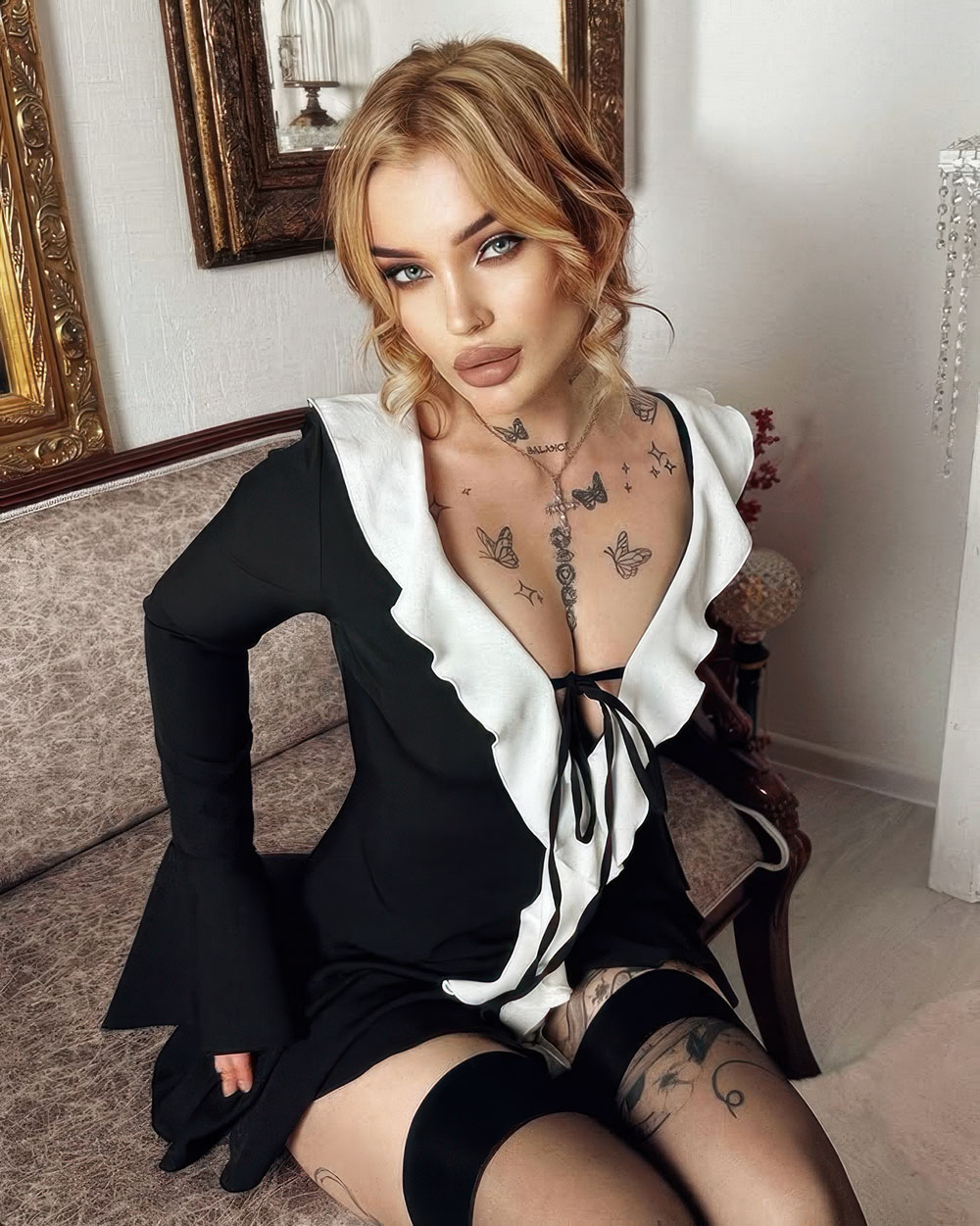
I’m a multifaceted person. Life isn’t just black or white to me.
I have many different roles I develop and embrace.
And like I said, letting go of control is powerful. On set, it’s important to surrender—to the process, to the lens—and just enjoy the moment. Step into another role.
Letting go of control gives you freedom.
And in writing, it’s how I release my overflow of thoughts and energy.
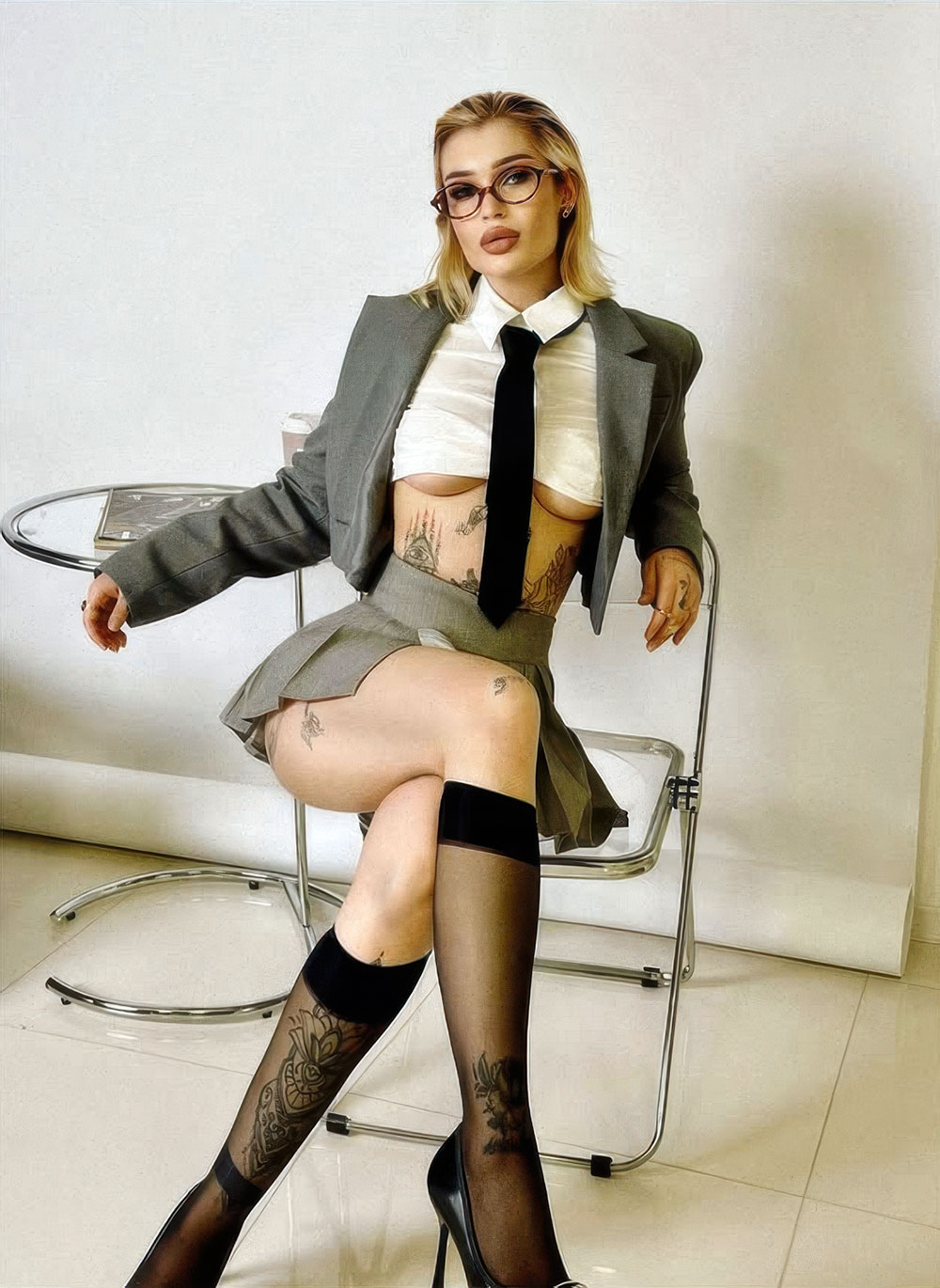
I try to make my photos feel alive, to transmit energy to the viewer.
I think it would be “Wonderful Life” by Hurts.
That song has soul. It fills you up and makes you feel something—just like my art.

I’ve visualized two sides of my personality that I want to show through photography.
One is the angel—with wings and a halo.
The other is the demon or little devil—with black horns and wings.
Both of these personas live in me, and I embrace them.
I’ve simply made peace with my dark side—the little devil in me.
